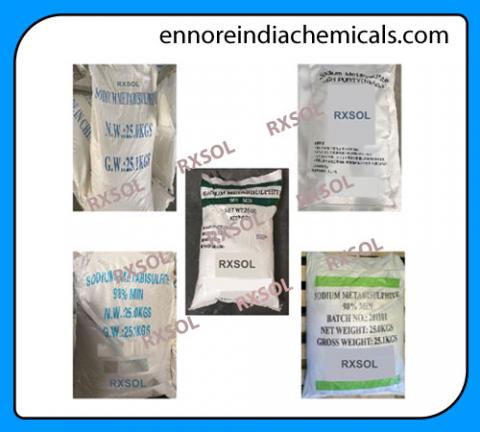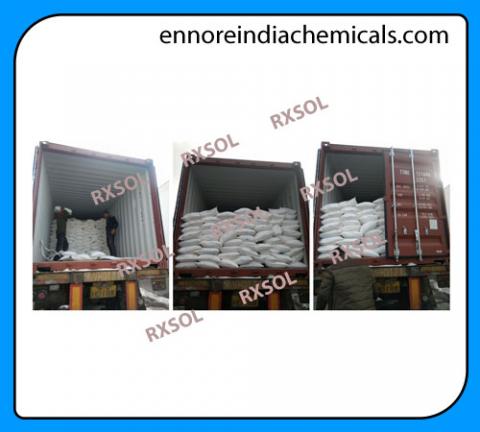Primary tabs


Sodium Meta Bi Sulfite Pwd
SKU::RXSOL-19-1496-025
Sodium metabisulphite used as a disinfectant, antioxidant, and preservative agent. Used as a cleaning agent for potable water reverse osmosis membranes in desalination systems. It is also used to remove chloramine from drinking water after treatment. Sodium metabisulphite has found use as a reducing agent in the manufacture of biscuits, especially the low-fat, low-sugar.
Sodium Metabisulpite CAS Number: 7681-57-4; EC Number: 231-673-0. Sodium Metabisulpite is used as a sterilizer and an antioxidant for wine and beer processing.
Sodium Metabisulpite is used in all commercial wines to prevent oxidation and preserve flavor.
Sodium metabisulphite food grade is an inorganic compound composed of sodium, sulfur dioxide. Its chemical formula is Na2S2O5
RXSOL offer sodium metabisulphite smbs, aditya birla smbs, smbs sodium metabisulphite, birlasulf sodium metabisulphite, sodium metabisulphite china and aditya birla smbs food grade.
SODIUM METABISULFITE is a white crystalline or powder solid with a slight sulfur odor. Toxic by inhalation . Strongly irritates skin and tissue. Noncombustible
Sodium Meta Bisulphite manufacturer in India, UAE, Canada, Best quality Sodium Meta Bisulphite SMBS ready stock in Mumbai, Kandla, Surat, Howrah, Vishakhapatnam, Chennai, Fujairah, Muscat Barka Oman, Kenya.
Importers of Trichloroisocyanuric Acid 90% China (TCCA), Sodium PerCarbonate Coated China Granules & Tablets, Potassium BiCarbonate China Extra Pure 99.9%, Sodium MetaBiSulphite China(SMBS), Sodium Silico Fluoride Taiwan"




